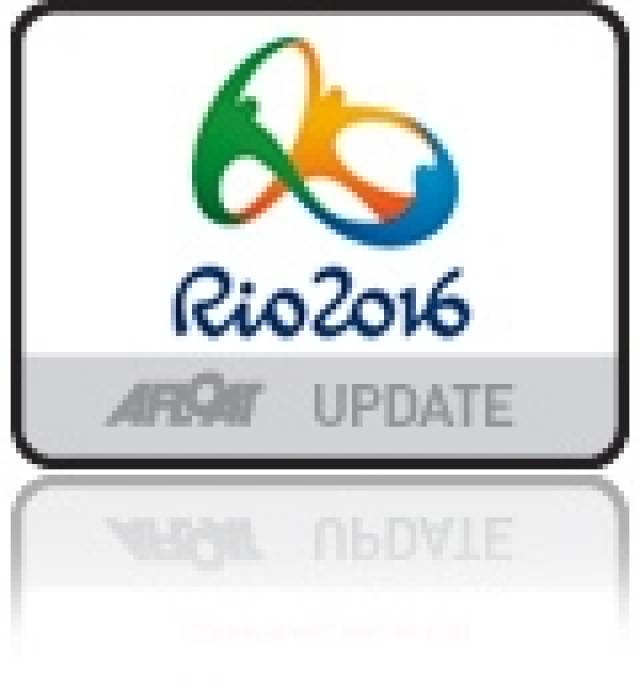#Santander2014 - Annalise Murphy became the second sailor to qualify Ireland for the 2016 Olympics on Day 6 of the 2014 ISAF Worlds in Santander, placing 20th overall and 16th on the nations table - well within the top 19 that earned their country the chance compete in Rio.
“I started the regatta pretty badly so it was difficult to back out on the second day and make Gold Fleet," she said after the day's racing. "But I had a really good day and then continued to claw my way back up the fleet."
She continued: “My primary goal for competing here was to win a medal but my secondary goal was to qualify to county. Unfortunately I didn’t quite reach my first goal but it’s great to have been able to qualify Ireland in the Laser Radial.”
The 23-year-old from Rathfarnham had a mixed performance in Santander, the first Olympic qualifier where half of all places in Rio were awarded. Her results ranged from a fifth to a 43rd in what were light conditions for the majority of the regatta.
Today (Wednesday 17 September) was the final day of racing and the final chance for Murphy to qualify. Overnight she was 28th individually and 21st nation so everything hinged on her performance in today’s scheduled three races.
The wind had arrived by this morning, averaging about 20 knots. With no room for error, Murphy went straight to the top the fleet in the first race of the day. Neck-and-neck with the world’s best, she crossed the finish line in 13th place – exactly what she needed boosting her up to 20th overall and 16th nation.
Two further races had been scheduled but at 6.05pm local time the decision was made to cancel due to the lack of wind.
ISA high performance director James O’Callaghan said of her achievement: “While the overall result was not her best, you can’t but be impressed with the way Annalise fought back after a disastrous first day. We are delighted with nation qualification."
Elsewhere, there was a sense of déjà vu for Ryan Seaton and Matt McGovern in the 49er. The pair had been reseeded to the Yellow Fleet but matched yesterday’s results with a 2nd and a 15th.
One further race will have to be sailed tomorrow by the Blue Fleet in order to make a qualifying series. At that time the overall positions will be known and the Gold and Silver Fleet cut will be made.
The 20-knot breeze in the early afternoon caused plenty of drama for Ireland’s 49erFX pair Andrea Brewster and Saskia Tidey, who broke their mast before the first race of the day had even begun.
They raced ashore where real sportsmanship quickly became apparent. Team USA and Ireland teammates Seaton and McGovern, as well as numerous others, rushed to their assistance.
Within moments they had replaced their mast and were making their way back out to the race course. Within that time the race had been riddled with capsizes and was ultimately abandoned, which meant no penalty for the girls.
The FX fleets then had one race apiece in the afternoon. Brewster and Tidey finished 14th and now lie 35th overall. They’ll have two more qualifying races tomorrow before they separate into Gold and Silver.
There was only one final fleet race today for Ireland's other Olympic qualified sailor James Espey and the Laser Standard Gold Fleet. He finished 44th in Race 8 and 38th overall.
Meanwhile, Finn Lynch and the Laser Bronze Fleet had no racing again today for their final day of the regatta. Lynch finishes his first Laser Standard World Championship in 101st place out of 147 sailors – no mean feat for the 18-year-old who only graduated to this highly competitive senior class earlier this year.
In the Finn class, Ross Hamilton sailed three races today, placing 33rd, 32nd and 30th, leaving him 64th overall and qualifying for the Silver Fleet for the rest of the championship. Racing will continue for the Finn class until 21 September.































































